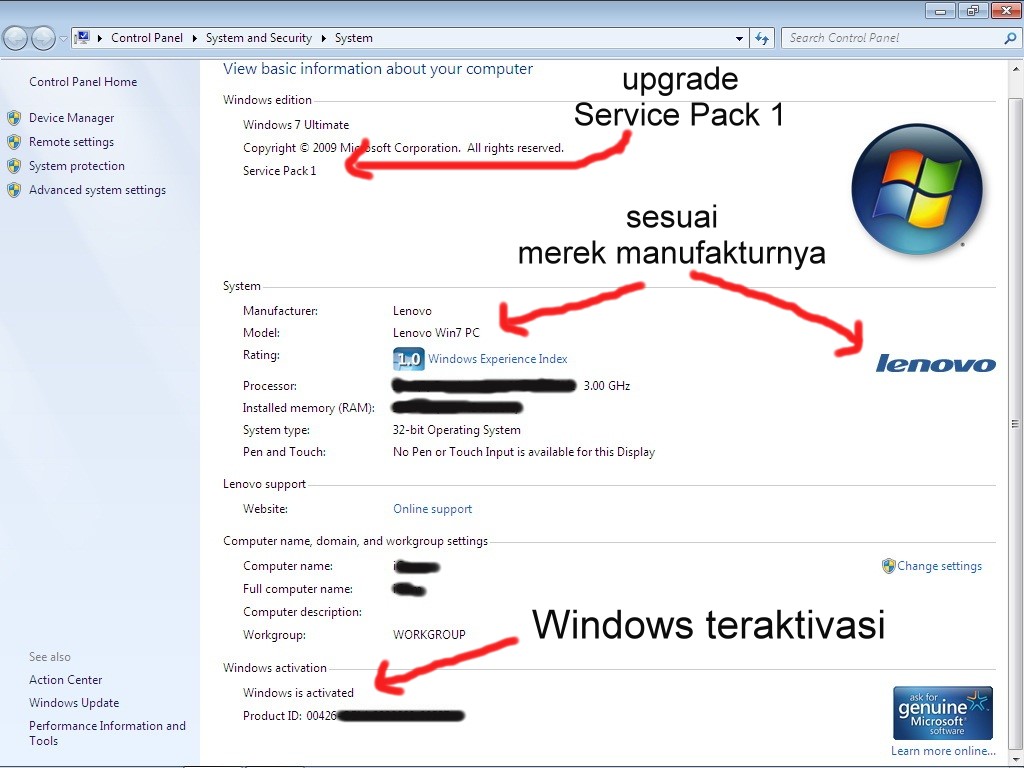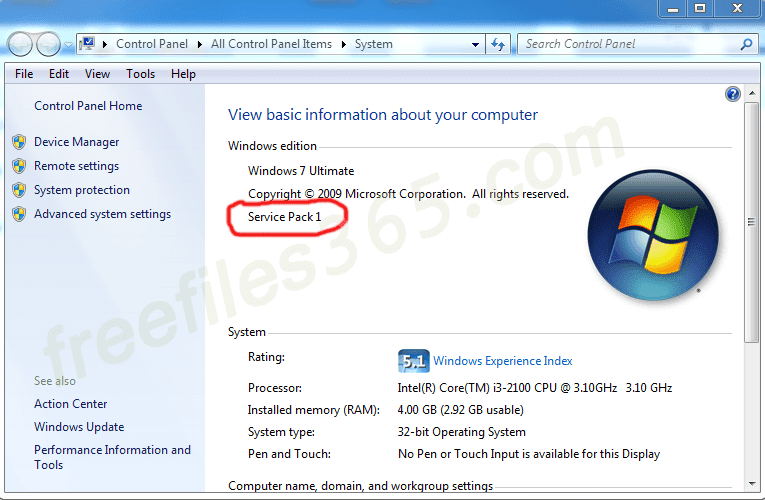
The above action will open the Download Dialog window. Here on this page click on the “Download” button appearing on the top-right side. Simply click on the link “View Basket” to continue.

You might be prompted for the admin rights just click on the “Yes” button appearing on the UAC dialog box.Īfter installing the ActiveX plugin, the website will show you the Rollup update for Windows 32-bit, 64-bit, and Windows Server 2008 64-bit system.ĭepending on your system architecture, click on the “Add” button next to your download package.Īs soon as you click the Add button, the update package will be added to the download basket. Just click on the “Install” button to continue. If this is your first time using this website, you will be prompted to install an ActiveX plugin in order to use it. Since the update is being delivered via Microsoft Update Catalog, you need to fire up your Internet Explorer browser to visit the site, as this website doesn’t work with any other browser. Now you are ready to install the Convenience Rollup update. Head over to the official website, download the update according to your system architecture (64-bit or 32-bit) and install it like any other software. The next thing you need to do is install the April 2015 Servicing Stack update. Here you will find your current service pack next to the build number. This will open the “About Windows” window.

If you are not sure whether you are on SP1 or not, simply press “Win + R,” type winver and press the Enter button.

To start, make sure that you are on Windows 7 Service Pack 1. Instead, you need to download it from Microsoft Update Catalog. Install Convenience Rollup UpdateĮven though the actual installation procedure is nothing hard, it is convoluted as the update isn’t being distributed through the Windows update. Convenience Rollup update is just like that but is being offered as a separate package which includes all the security and non-security updates and fixes from February 2011 to May 2016.

If you’ve used Windows for any length of time, you might be familiar with the “Service Packs.” Generally, service packs are nothing but a collection of all the enhancements, updates and fixes over a period of time.


 0 kommentar(er)
0 kommentar(er)
